Alvarinho is one of the most admirable Portuguese grape varieties. It origins from the northwest of the Iberian Peninsula and considered one of the most notable Portuguese white variety, it is planted in the Vinho Verde wine region, more properly, in Monção and Melgaço sub-region.
The Alvarinho variety is responsible for the success of the first monovarietal Portuguese wines because the blended wines are much more common.
The grape gives body to unique and easily identifiable wines, with personality and strong temperament. The wines are characterized quite aromatic, with high alcoholic graduations and balanced acidity.
The rareness of the Alvarinho grape, the low production associated with distinction are the reasons for the Alvarinho grape being the most valuable grape of Portugal.
Origin
Alvarinho is an old grape variety of exceptional quality, deservedly famed for the varietal wines produced in the Vinho Verde region.
There are several theories about the origin of the Alvarinho grape.
It was presumably brought to Iberia by Cluny monks in the 12th century but recent studies point to Albariño/Alvarinho being native to Galicia and Portugal. But the right ones say that it came from the Northeast of Iberian Peninsula, more precisely from those sub-regions, where the Alvarinho adapted itself to the soil and climate characteristics, all over the centuries.
By the Law Decree 275/73, the tradition was confirmed and legalized in Portugal. The designation of origin Alvarinho was assigned to the wine produced exclusively in the sub-region of Monção and Melgaço of the Demarcated Region of Vinho Verde, where there are the ideal conditions of microclimate and soil to the cultivation and maturation of this unique and genuine grape. There is a specific regulation for these wines because these are the most graduates wines of the Demarcated Region.
This is a white wine grape grown in Galicia (northwest Spain) and Northwest Portugal (Monção and Melgaço), where it is also used to make varietal white wines. Albariño is the Galician name for the grape; in Portugal it is known as Alvarinho, and sometimes as Cainho Branco.
Spain produces Albariño to a significant degree in the Rías Baixas DO. In Portugal, it is common in the Vinho Verde region, mainly in Monção and Melgaço sub-region. In other locations, it is often mixed with other grapes such as Loureiro or Arinto to produce blended wines.
Alvarinho is generally thought to be the finest white grape in Vinho Verde. With similarities to Viognier (floral qualities and sweet citrus notes) and Riesling (acidity and minerality), it’s easy to see why this variety is so well admired.
While many of the white wine blends in Vinho Verde are semi-sparkling and made to consume young, the single varietal Alvarinho bottlings are almost exclusively still and have very good aging potential. Most plantings of Alvarinho are in the Monção e Melgaço region, located right over the border from Rias Baixas.

In Portugal, Alvarinho Vinho Verde wines are sometimes bottled with a certain amount of carbon dioxide, resulting in wines that have a light, sparkling sensation in the mouth. These were the first Portuguese wines to be widely labeled and recognized by their varietal name, and the growth in their popularity has supported a boom in availability and price.
The high quality and an increased interest in this grape variety have seen the variety begin to find a home in various other parts of the world. It is planted in some of California’s cooler areas, and Albarino-based wines are beginning to turn heads in New Zealand.
The variety is high in acidity and can be produced as light white wine, but with oak or lees aging adding to the texture and richness.
A marine characteristic from the nearby Atlantic ocean is often discernible, sometimes manifesting itself as a slight salinity, which makes Albarino a perfect food wine.
Grape
It is vigorous but it is a non-productive grape variety, with small bunches and a high proportion.
In Vinho Verde, the vines are typically trained on high pergolas, which encourages over-cropping, often leading to grapes that are unable to exceed more than 8.5% potential alcohol. When grown in a vineyard, the vines need to be wire trained with large canopies to accommodate the 30 to 40 buds per vine that is typical. The grape responds well to the heat and humidity through the high yields and bunching of clusters usually keep the grapes within the margins of ripeness.
Alvarinho is one of the greatest treasures of Portugal. It is considered by recognized experts the best Portuguese white grape and one of the best grapes in the world.
The grapes are tiny with thick skins. The quality of this grape comes from the soil and microclimate but also from the cultural practices of cultivation and maturation of the grapes producers.
It is from the sub-region of Monção and Melgaço that Alvarinho reveals and achieves the maximum of its potential, in a unique territory. This sub-region, not far away from the Atlantic Ocean, keep themselves protected against sea winds by mountains that allow the perfect conjugation between the rainfall, temperature and the number of hours of sunshine necessary to the best maturation of the Alvarinho grapes.
Alvarinho is a white grape variety, which originates very small bunches, winged and compact, leading to an unproductive grape, an aspect that is contemplated in the Statutes of The Region.
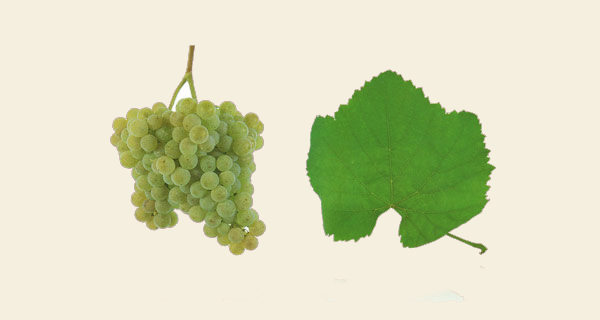
This is an old grape variety of exceptional quality, deservedly famed for the varietal wines it produces in the Vinho Verde region.
Alvarinho has a highly characteristic floral and fruity profile with notes of the lime tree, balm mint, peach, grapefruit and apple, all pairing well with the high acidity typical of crisp white wines from north-west Portugal. The grapes yield balanced wines with good structure and alcohol levels.
Its synonyms are Albarina, Alvarin Blanco, Alvarinha, Albariño Azal Blanco, Galego and Galeguinho.
Wine
Historically, Alvarinho was one of the first Portuguese varieties to be bottled on its own, and responsible for the success of wines from the Monção and Melgaço sub-region. This grape provides wines with fragrant and delicate, with different aromatic notes. It has enormous potential for aging, managing to live in perfect health until reaching at least ten years of age.
Increasingly it is blended with Loureiro in most Vinho Verde white wines, Alvarinho has a highly characteristic floral and fruity profile, with the high acidity typical of crisp white wines from north-west Portugal. The grapes yield balanced wines with good structure and moderate alcohol levels. Its thick skin and a large number of pips can cause residual bitterness.
The grape is noted for its distinctive botanical aroma with a citrus undertone, very similar to that of Viognier and Gewurztraminer, suggesting apricot and peach. The wine produced is unusually light, and generally high in acidity with alcohol levels of 11.5–12.5%, all above the traditional standards of other Vinho Verde wines (9%).
The wine is characterized by a pale straw color, with citrus reflections, an intense, distinctive and complex aroma, ranging from quince, peach, banana, lemon, passion fruit and lychee, to orange and violet blossoms, hazelnut and walnut, and honey, with a complex, soft, round, smooth, full-bodied and persistent flavor.
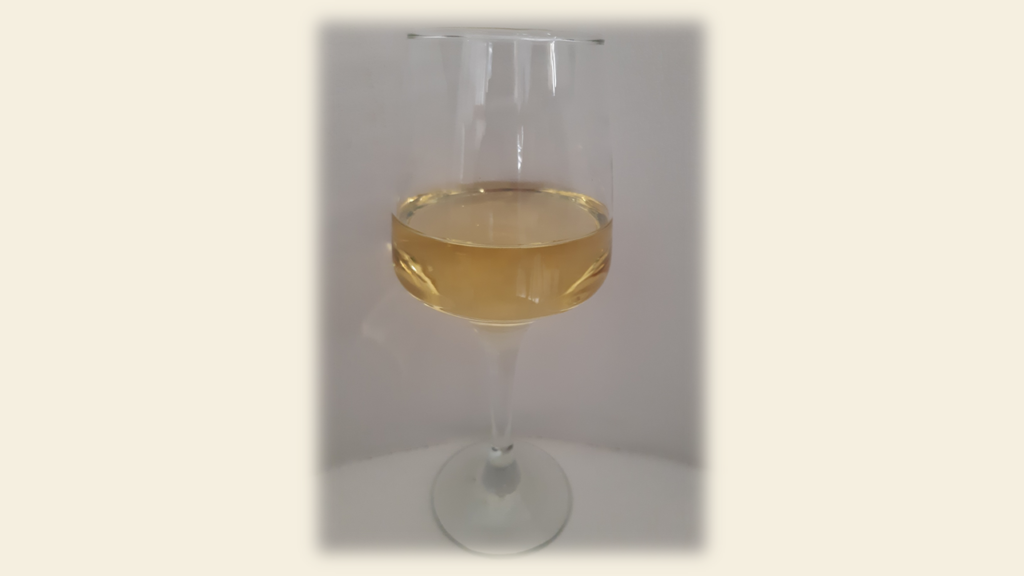
Alvarinho is exquisite, bond and robust, besides its elegance, balance and minerality. Its acidity and freshness make Alvarinho a vibrant and cheerful wine.
Alvarinho wines should be consumed fresh, at a temperature between 10 º and 12º C. It must be cooled slowly, to maintains the flavor. The bottle must be opened 20 to 30 minutes before consumption.
Food pairing
Alvarinho is an excellent appetizer, and it is ideal to consume with seafood, fish dishes, lighter meats, soft cheeses, risottos, or tapas.
Alvarinho is also the perfect match with international food like sushi, Italian pasta and paella.
Would you like to taste it?
Alvarinho Deu La Deu 2018, from Vinho Verde

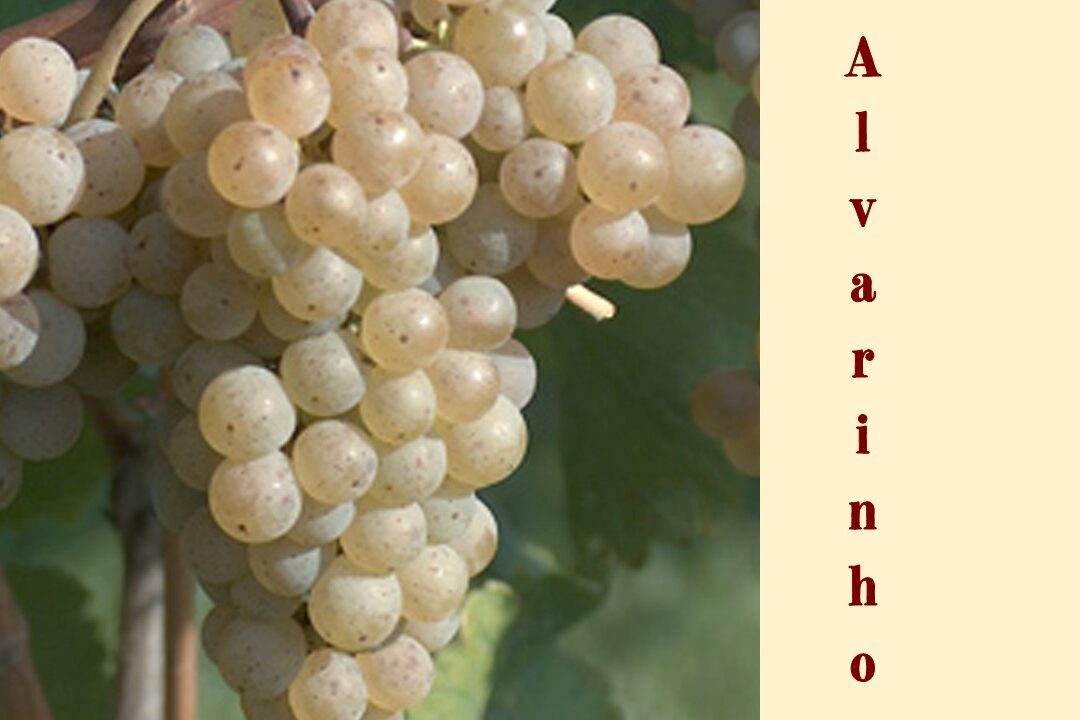
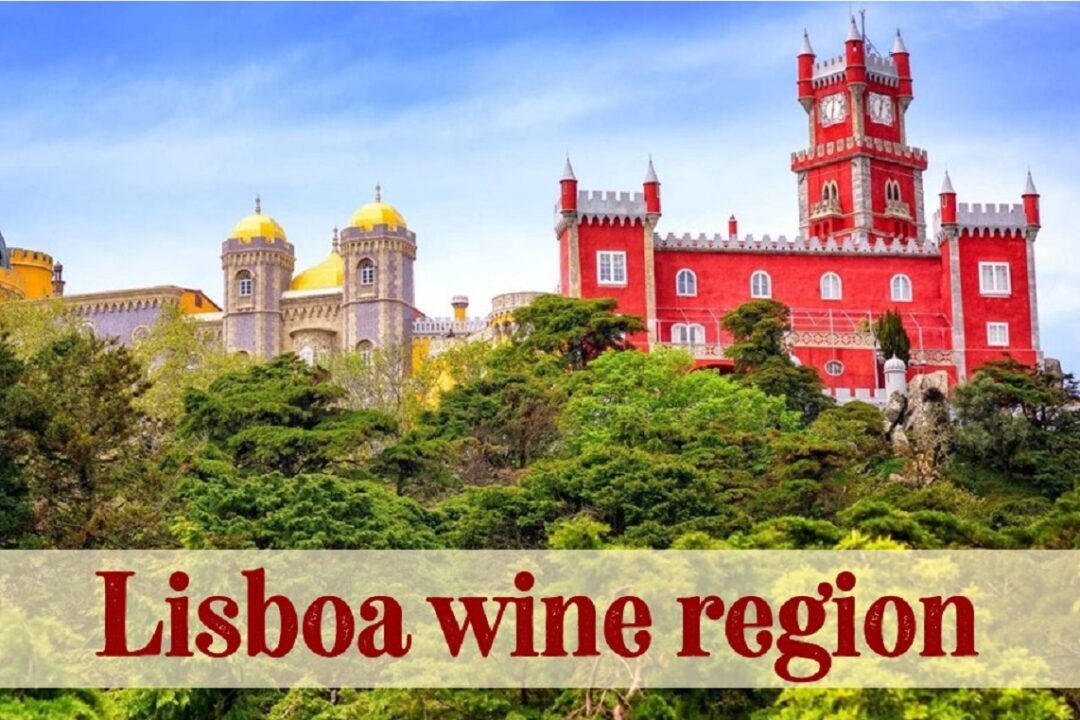
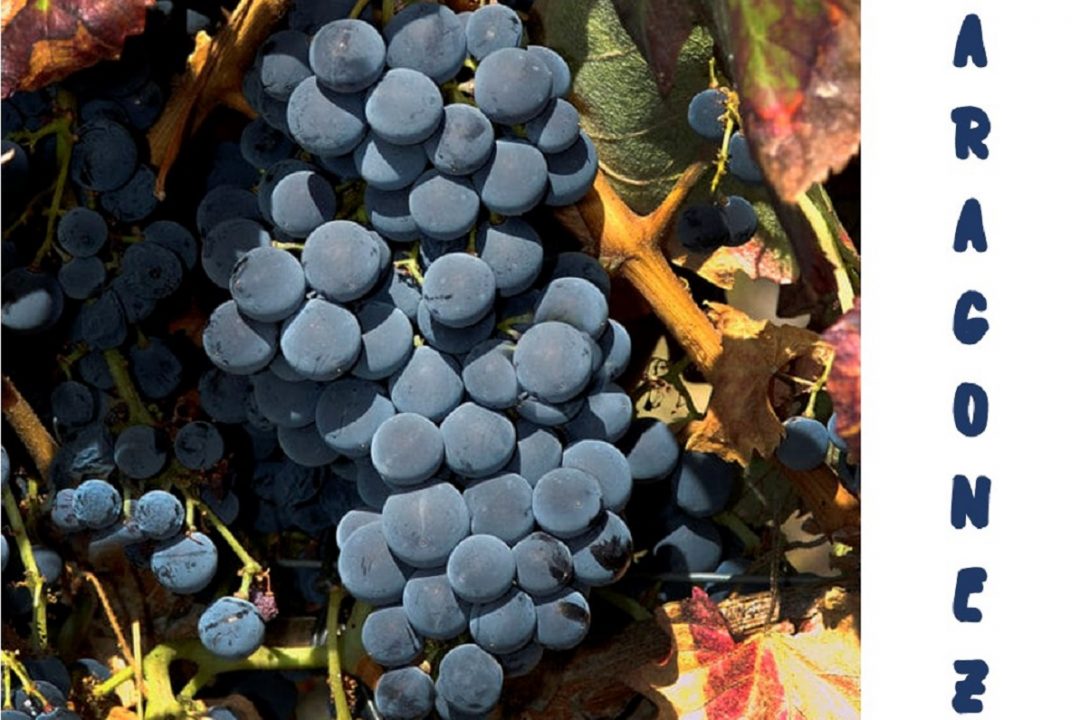


No Comments Found